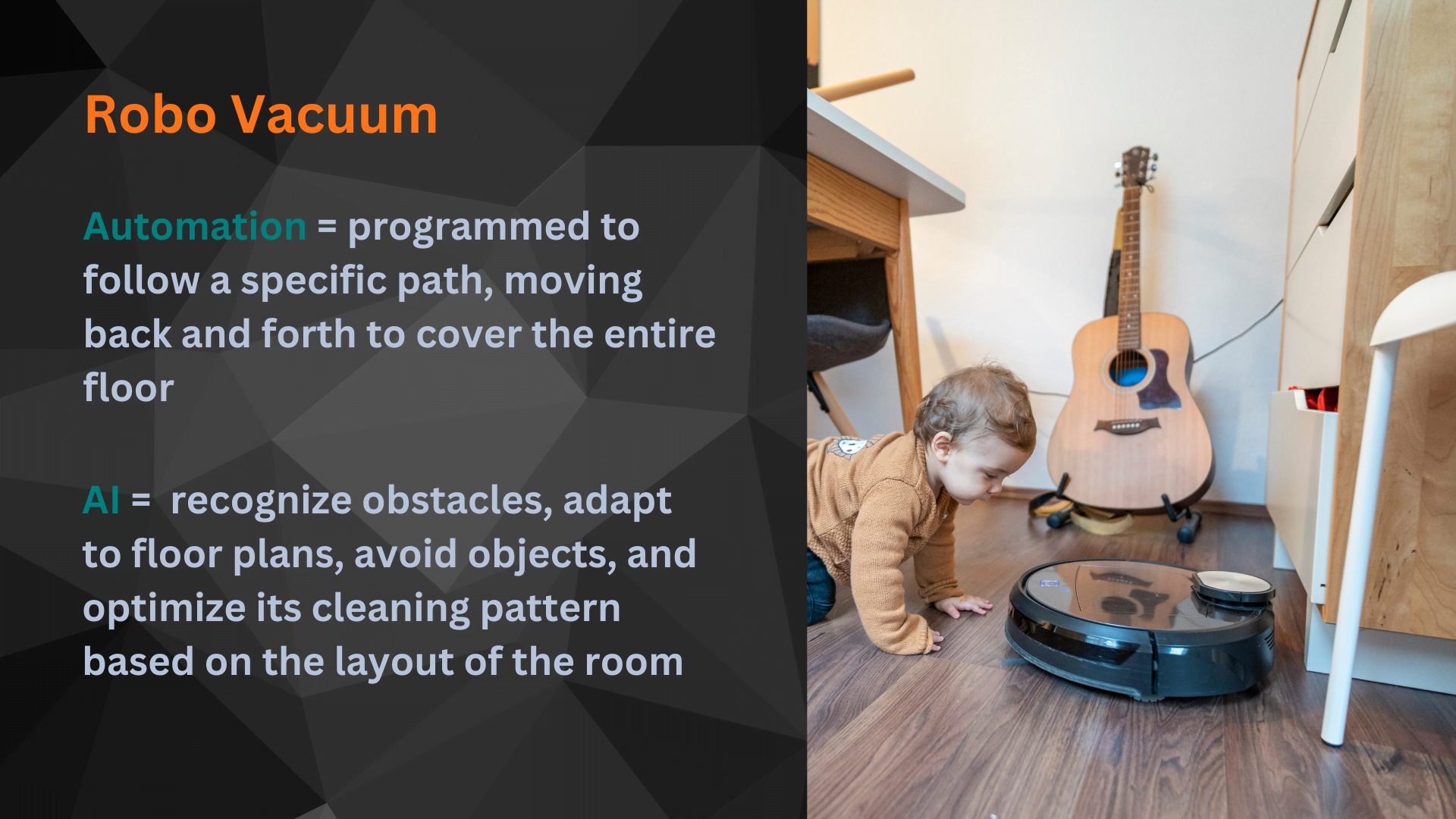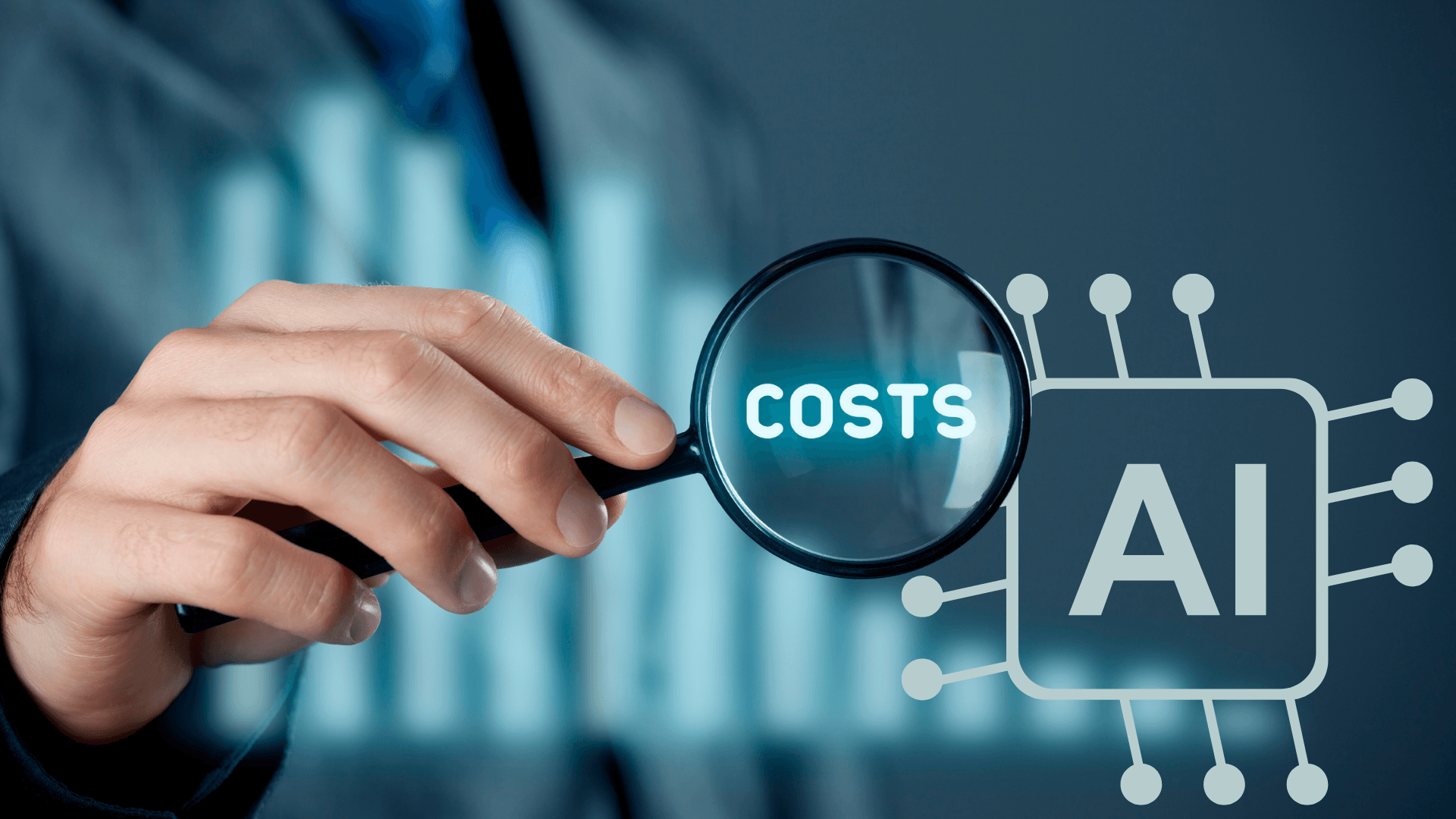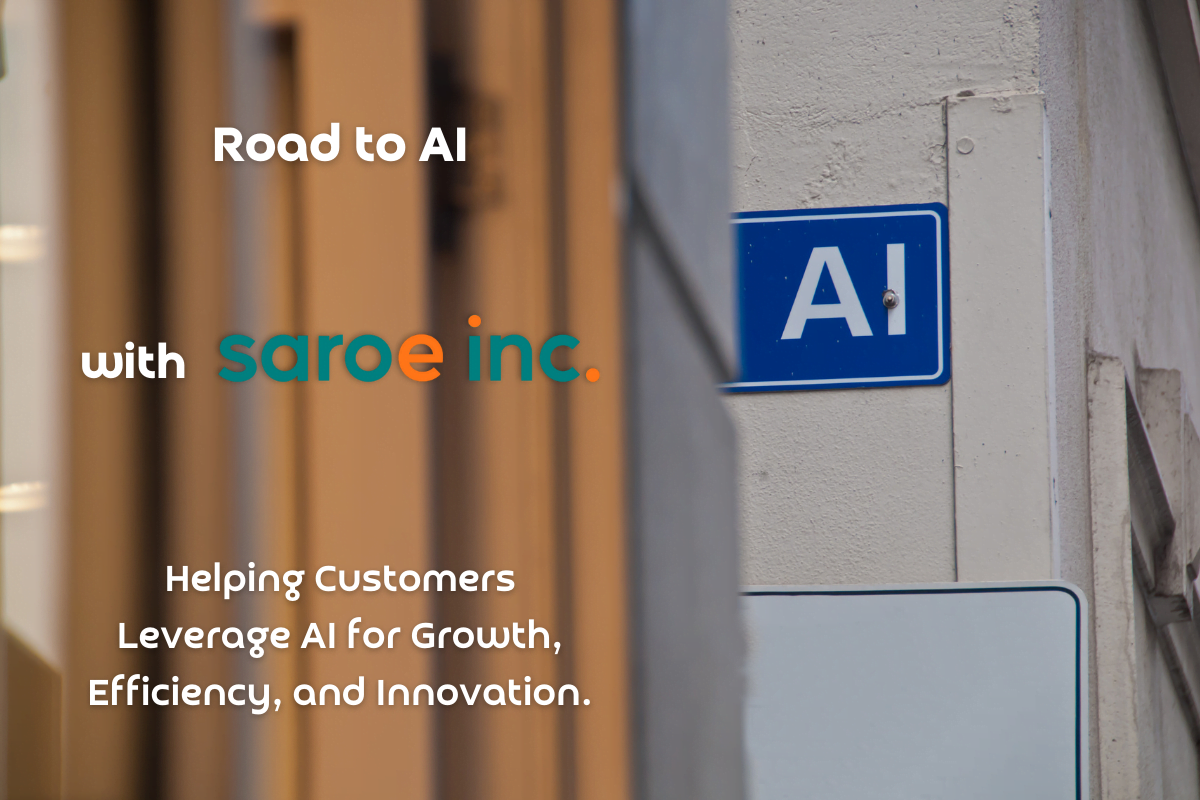In today’s rapidly evolving business landscape, staying ahead of the curve often means embracing new technologies. Two of the most talked-about advancements are automation and artificial intelligence (AI). But what do these terms really mean, and how can they benefit your business? Whether you’re running a small enterprise or leading a large corporation, understanding the difference between automation and AI can help you make informed decisions to drive growth and efficiency.
What is Automation?
Automation refers to the use of technology to perform tasks with minimal human intervention. It involves setting up systems that can operate on predefined rules and instructions to complete repetitive tasks. Automation can be as simple as setting up an email autoresponder or as complex as robotic process automation (RPA) that handles various business processes.
Examples of Automation:
- Email Marketing: Automatically sending welcome emails to new subscribers.
- Payroll Processing: Automatically calculating and disbursing employee salaries.
- Inventory Management: Automatically reordering stock when it reaches a certain level.
- Customer Support: Using chatbots to provide instant responses to common queries.
Benefits of Automation:
- Efficiency: Automation speeds up processes, reducing the time required to complete tasks.
- Cost Savings: By reducing the need for manual labor, automation can lower operational costs.
- Consistency: Automated processes ensure tasks are performed consistently without human error.
- Scalability: Automation allows businesses to handle increasing volumes of work without additional resources.
What is AI?
Artificial Intelligence (AI) refers to the simulation of human intelligence in machines that are programmed to think and learn. AI systems can analyze data, recognize patterns, make decisions, and improve over time through machine learning (ML).
Examples of AI Applications:
- Customer Service: AI-powered chatbots that can handle complex queries and provide personalized responses.
- Predictive Analytics: AI algorithms that analyze historical data to predict future trends and behaviors.
- Recommendation Systems: AI-driven recommendations for products or services based on user preferences and behaviors.
- Fraud Detection: AI systems that monitor transactions and detect unusual patterns indicative of fraud.
Benefits of AI:
- Enhanced Decision-Making: AI can process and analyze vast amounts of data to provide actionable insights.
- Personalization: AI can tailor experiences and recommendations to individual customers.
- Innovation: AI enables new capabilities and applications that were not possible before.
- Continuous Improvement: AI systems learn and improve over time, becoming more accurate and effective.
Key Differences Between Automation and AI
While both automation and AI aim to increase efficiency and productivity, they do so in different ways:
- Scope of Tasks: Automation is best suited for repetitive, rule-based tasks. AI, on the other hand, can handle complex tasks that require learning and adaptation.
- Decision-Making: Automation follows predefined rules, whereas AI can make decisions based on data analysis and learning.
- Flexibility: Automation systems are rigid and require reprogramming for changes. AI systems are more flexible and can adapt to new information.
- Outcome: Automation focuses on efficiency and consistency. AI aims to enhance decision-making and innovation.
Example: The Robo Vacuum
Imagine a robo vacuum designed to clean your home. With automation, the vacuum can be programmed to follow a specific path, moving back and forth to cover the entire floor. It knows to turn around when it hits a wall and follows a predetermined cleaning pattern. This works well as long as the environment is predictable and there are no unexpected obstacles.
However, if an obstacle is placed in its path, the vacuum might struggle because it only follows its predefined rules. This is where AI comes into play. An AI-enabled robo vacuum uses sensors and data analysis to recognize obstacles, decide how to navigate around them, and continue cleaning with intelligence. It can adapt to different floor plans, avoid objects, and optimize its cleaning pattern based on the layout of the room.
When to Use Automation vs. AI
When to Use Automation:
- Repetitive Tasks: If a task is repetitive and follows a set pattern, automation is ideal.
- High Volume Processes: For tasks that need to be done frequently and at scale, automation can save time and resources.
- Simple Workflows: Processes with clear, straightforward rules benefit most from automation.
When to Use AI:
- Data Analysis: When you need to analyze large datasets to uncover insights and trends.
- Customer Interaction: For providing personalized customer experiences and handling complex queries.
- Predictive Tasks: When you want to predict future outcomes based on historical data.
- Adaptive Systems: For systems that need to learn and improve over time.
Real-World Examples
Automation Success Story: A mid-sized e-commerce company implemented an automated inventory management system. By automatically reordering stock based on sales data and inventory levels, they reduced stockouts by 30% and saved significant time previously spent on manual inventory checks.
AI Success Story: A financial services firm adopted AI-driven predictive analytics to identify potential loan defaults. By analyzing customer data, the AI system provided early warnings, allowing the firm to take proactive measures. This resulted in a 15% reduction in loan defaults within the first year.
Getting Started
Steps to Implement Automation:
- Identify Suitable Processes: Look for repetitive, time-consuming tasks that can be automated.
- Choose the Right Tools: Select automation tools that fit your business needs (e.g., RPA software, email automation tools).
- Plan and Test: Develop a clear plan for implementation and test the automation system before full deployment.
- Monitor and Optimize: Continuously monitor the automated processes and make adjustments as needed.
Steps to Implement AI:
- Define Objectives: Clearly outline what you want to achieve with AI (e.g., improve customer service, enhance data analysis).
- Collect Data: Gather and organize the data needed for AI applications.
- Select AI Solutions: Choose AI technologies and platforms that align with your goals (e.g., machine learning platforms, AI chatbots).
- Pilot Projects: Start with small pilot projects to test the effectiveness of AI before scaling up.
- Train and Maintain: Ensure ongoing training and maintenance of AI systems to keep them effective and up-to-date.
Conclusion
Automation and AI are powerful tools that can transform your business by increasing efficiency, reducing costs, and enabling innovation. By understanding their differences and knowing when to apply each, you can make informed decisions that drive growth and success. As you explore these technologies, start small, measure impact, and scale up gradually. Embrace the future of business with automation and AI, and stay ahead in the competitive landscape.







